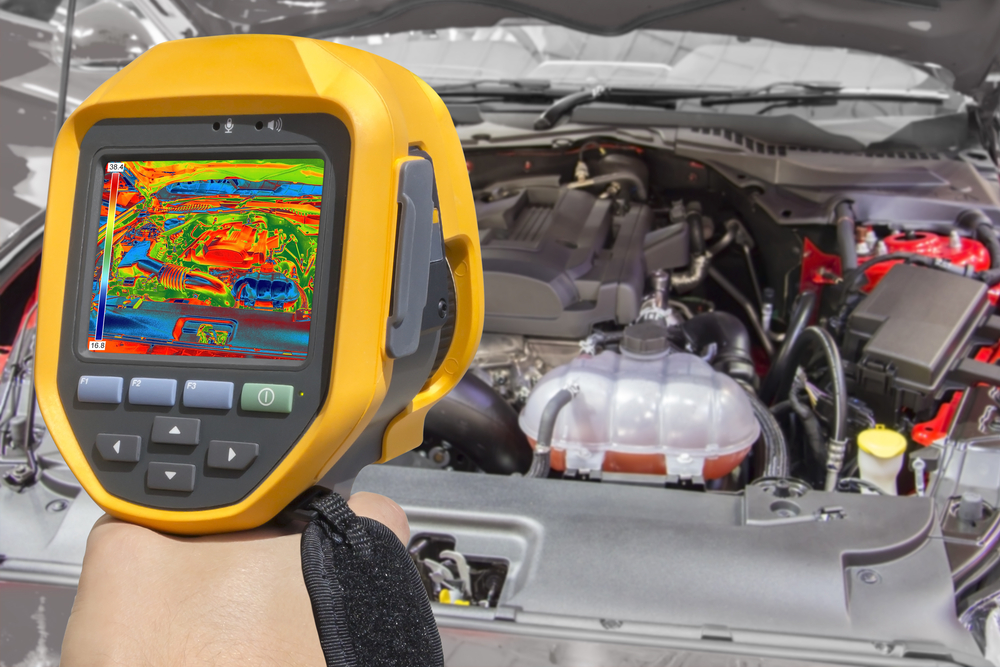
The Defense Advanced Research Projects Agency’s (DARPA) SIGMA program, a project aimed at preventing attacks from radiological or “dirty” bombs, recently completed its biggest test deployment of vehicle-mounted radiation detectors in Washington, D.C.
The test, which began last July and lasted approximately seven months, had a team of fire and emergency medical service ambulances retrofitted with DARPA-developed nuclear and radiological detectors to provide real-time detection of the city’s radiation levels. The project aimed to identify any unusual spikes in radiation, which could indicate a potential threat within the district.
For the initiative, 73 large detectors were outfitted on emergency vehicles, which logged more than 100,000 hours of detector operation and covered more than 150,000 miles. The test identified “thousands of radiation sources,” which included non-harmful materials such as granite used in construction projects and lingering radiation from certain medical treatments. The project also provided detailed radiation maps that tracked which sources might be easier to detect.
“D.C. Fire and EMS was an invaluable partner and testbed for SIGMA’s vehicle-scale detectors,” DARPA Program Manager Vincent Tang said. “The data gathered during the D.C. deployment are helping to further fine-tune the SIGMA system for potential deployment in major cities across the country and for emergency use by active-duty military units and National Guard civil support teams.”
DARPA said it plans to further test SIGMA capabilities and transition the system to local, state, and federal authorities in the next couple of years.




